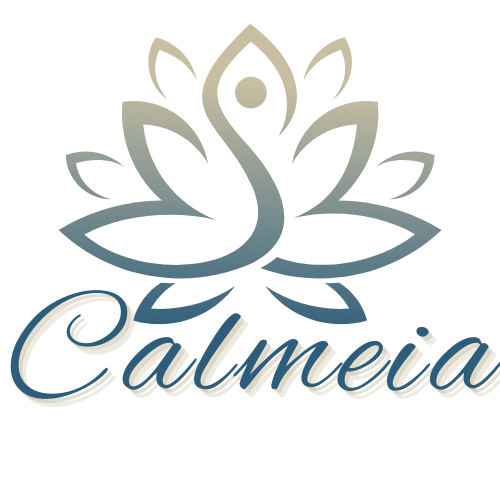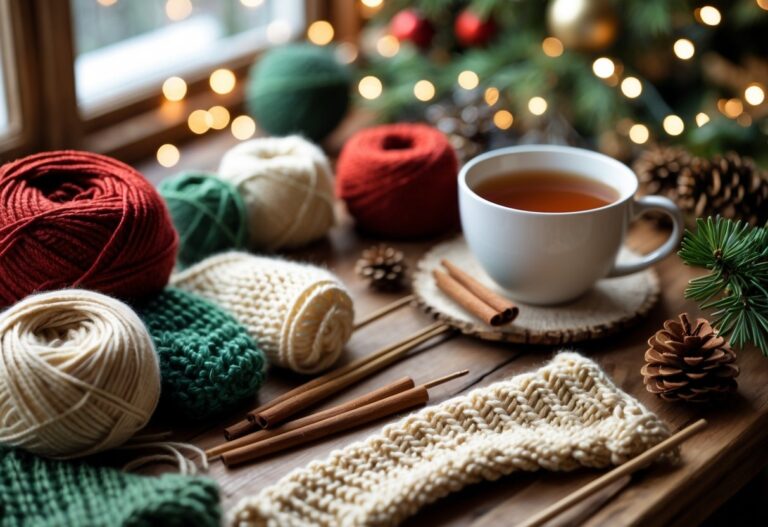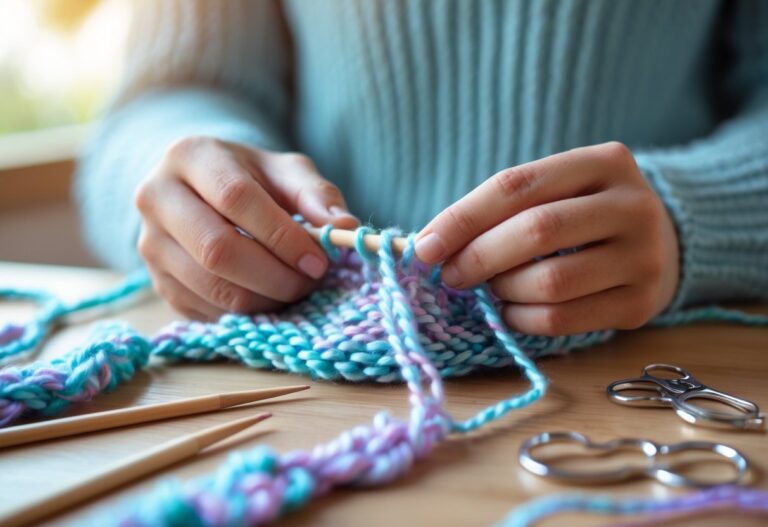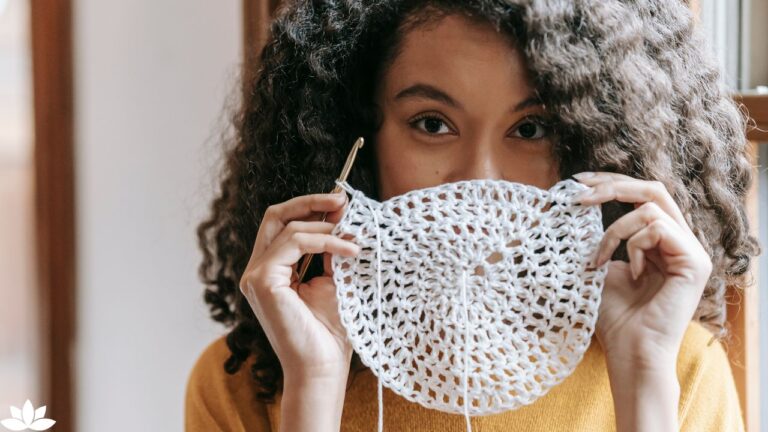Learning to knit can feel a bit overwhelming when you don’t have the right tools. Honestly, a solid starter kit makes things a whole lot simpler—and way more enjoyable.
The best knitting starter kits give you clear instructions and decent materials, so you’re not stuck fighting with tangled yarn or confusing patterns.
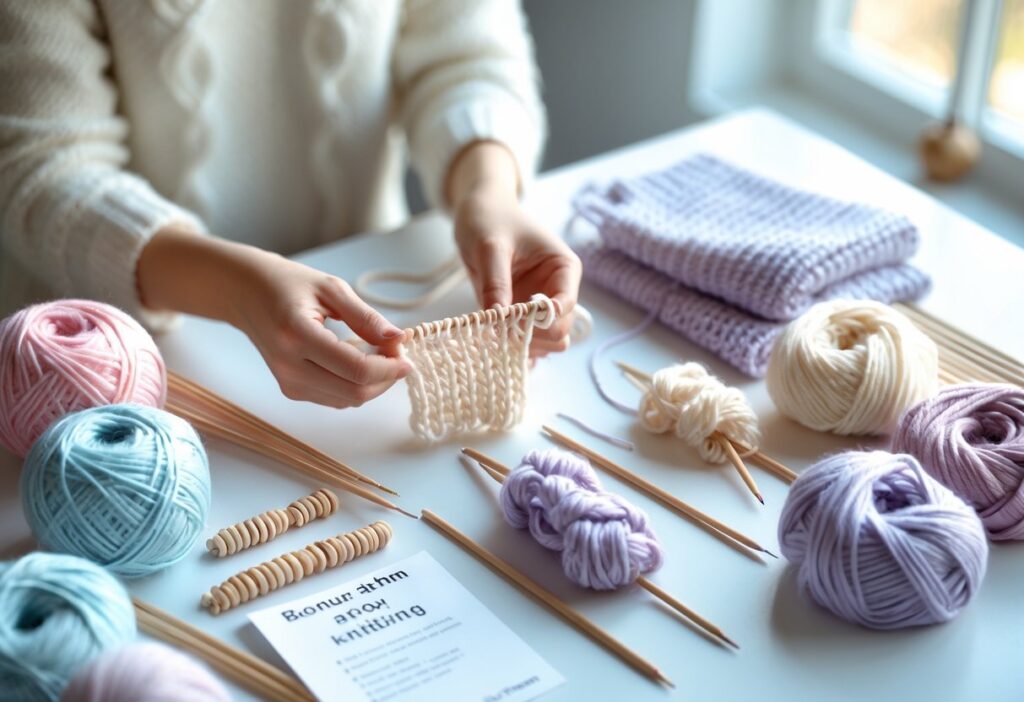
You shouldn’t have to run all over town or scroll endlessly online just to find something that works for beginners. This roundup aims to help you zero in on kits that actually fit your needs, budget, and skill level.
With the right kit, you get to focus on practicing and making stuff—not scrambling for missing supplies or extra doodads.
Maybe you’re dreaming of a scarf, a hat, or just want to see what all the fuss is about. The right starter kit really does set you up for success, even if you’re just experimenting.
Keep reading for kits that make learning to knit feel way less intimidating—and, dare I say, kind of fun—from the very first stitch.
Top Knitting Starter Kits for Effortless Learning
You want a kit that fits your needs but doesn’t leave you feeling lost or overwhelmed. Some options give you everything in one box, while others try to strike a balance between price and quality.
Plenty of kits focus on clear, step-by-step instructions, which is honestly a lifesaver when you’re just starting out.
Best All-In-One Knitting Sets for Beginners
All-in-one kits usually come with needles, yarn, stitch markers, and patterns right in the box. That saves you time and a few headaches since you’re not piecing things together yourself.
Kits like the KnitPro Beginner Set include soft yarn and simple patterns, so you’re less likely to get stuck or discouraged. Lots of these sets come with a few yarn colors, which is nice for practicing color changes.
Many also toss in a storage bag to keep your tools from wandering off. If you want everything ready and organized, these are easily the most straightforward option.
Value Picks for Quality and Affordability
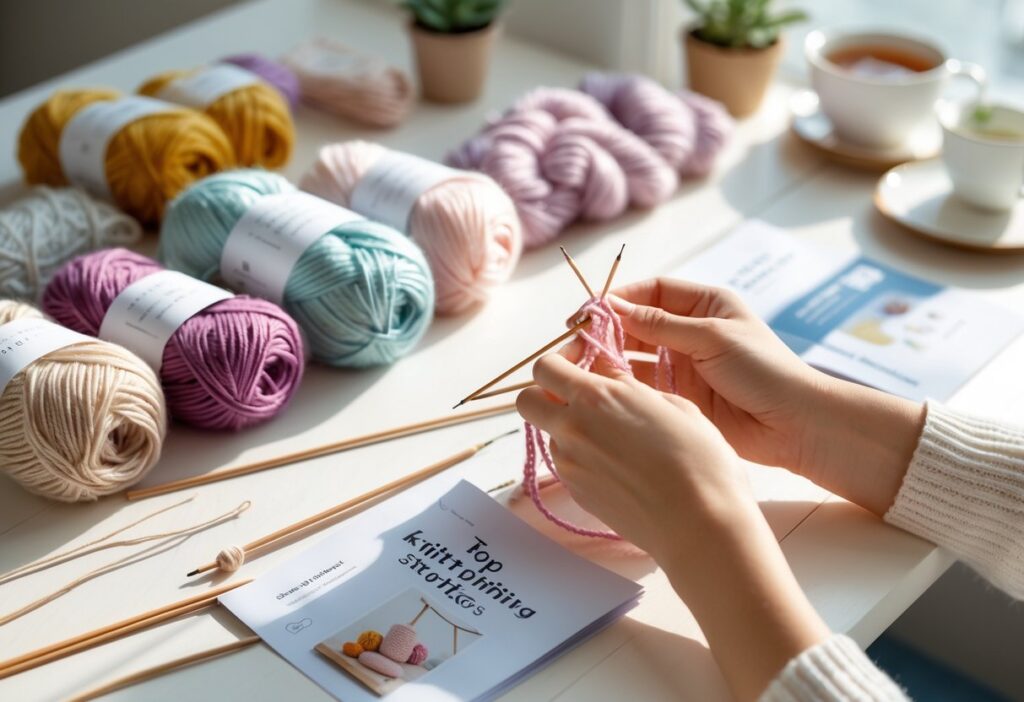
You don’t have to spend a fortune to get started. Look for brands offering durable bamboo or aluminum needles—your hands will thank you, and they tend to last.
Sets like the Loopy Mango Budget Bundle deliver high-quality yarn and basic tools at a price that doesn’t sting. Most value kits use acrylic yarn, which is both affordable and easy to handle.
If you just want the essentials and don’t care about fancy extras, these value kits are a smart pick.
Knitting Kits with Easy-to-Follow Instructions
Instructions can make or break your first knitting experience. Kits with detailed guides or video links are worth their weight in gold.
Check out sets like the We Are Knitters Beginner Kit—they include pattern books and online tutorials, which is super helpful. The patterns usually stick to basics like knit and purl stitches, so you can build skills without getting overwhelmed.
Some kits even add troubleshooting tips or access to customer support. That extra bit of help can keep you motivated when things get tricky.
Choosing the Right Knitting Starter Kit
When you’re picking out a kit, pay attention to the tools inside, the type of yarn, and what kinds of projects you can actually make. These details really shape your learning curve.
Essential Tools and Materials Included
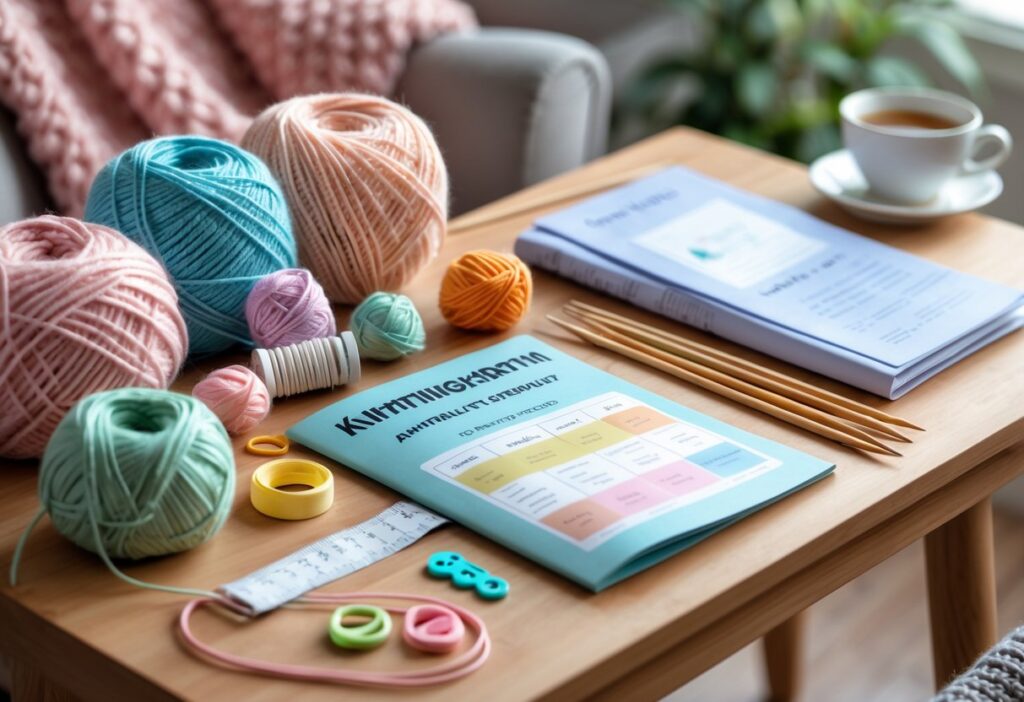
Your kit should have the basics—at least one pair of knitting needles, a ball of yarn, and some stitch markers. Some will also throw in scissors, a tape measure, or a needle gauge, which is handy.
Needle material matters. Wooden or bamboo needles are usually easier for beginners because they grip the yarn better. Metal needles, on the other hand, can be slippery and a bit frustrating at first.
Don’t forget to check for clear instructions or a beginner-friendly guide. It’s way easier to start your first project when you’re not guessing what to do next.
Yarn Types and Needle Sizes Explained
Look for kits with smooth, medium-weight yarn—often called “worsted weight” or “aran.” These yarns are forgiving and make it easy to see your stitches. Super thin or extra fluffy yarns? Maybe save those for later.
Needle size is a thing too. Beginners typically start with medium needles (US 7-9, or 4.5-5.5 mm), which pair nicely with worsted yarn and help you keep track of your stitches.
Ideally, your kit should list both the yarn type and needle size. That way, if you ever want to swap things out, you won’t be left scratching your head.
So, what’s the bottom line? Finding the right knitting starter kit isn’t about chasing the fanciest brand or the biggest box—it’s about getting the basics that actually help you learn. With a little attention to what’s included and how it fits your style, you’ll be casting on in no time. And hey, if you mess up your first row, that’s just part of the fun. Happy knitting!
Project Variety and Skill Progression
A solid kit usually comes with a handful of small projects—think scarves, dishcloths, maybe a straightforward hat. It’s nice when you can practice basic stitches like knit and purl and actually end up with something you’ll use.
Ideally, the projects should get a bit tougher as you go. Starting simple really does help you get your footing.
Once you’re comfortable, it’s time to try things like switching up colors or playing around with increasing stitches. That’s when it gets interesting, honestly.
It’s worth checking if the kit has pattern instructions that make sense and some decent pictures. Clear visuals can make all the difference when you’re stuck or not sure if you’re doing it right.
Following along step by step, you’ll start to see how your skills stack up—and, if you ask me, that’s pretty satisfying.
In the end, the right kit nudges you forward without overwhelming you, and that’s what keeps knitting fun instead of frustrating.
